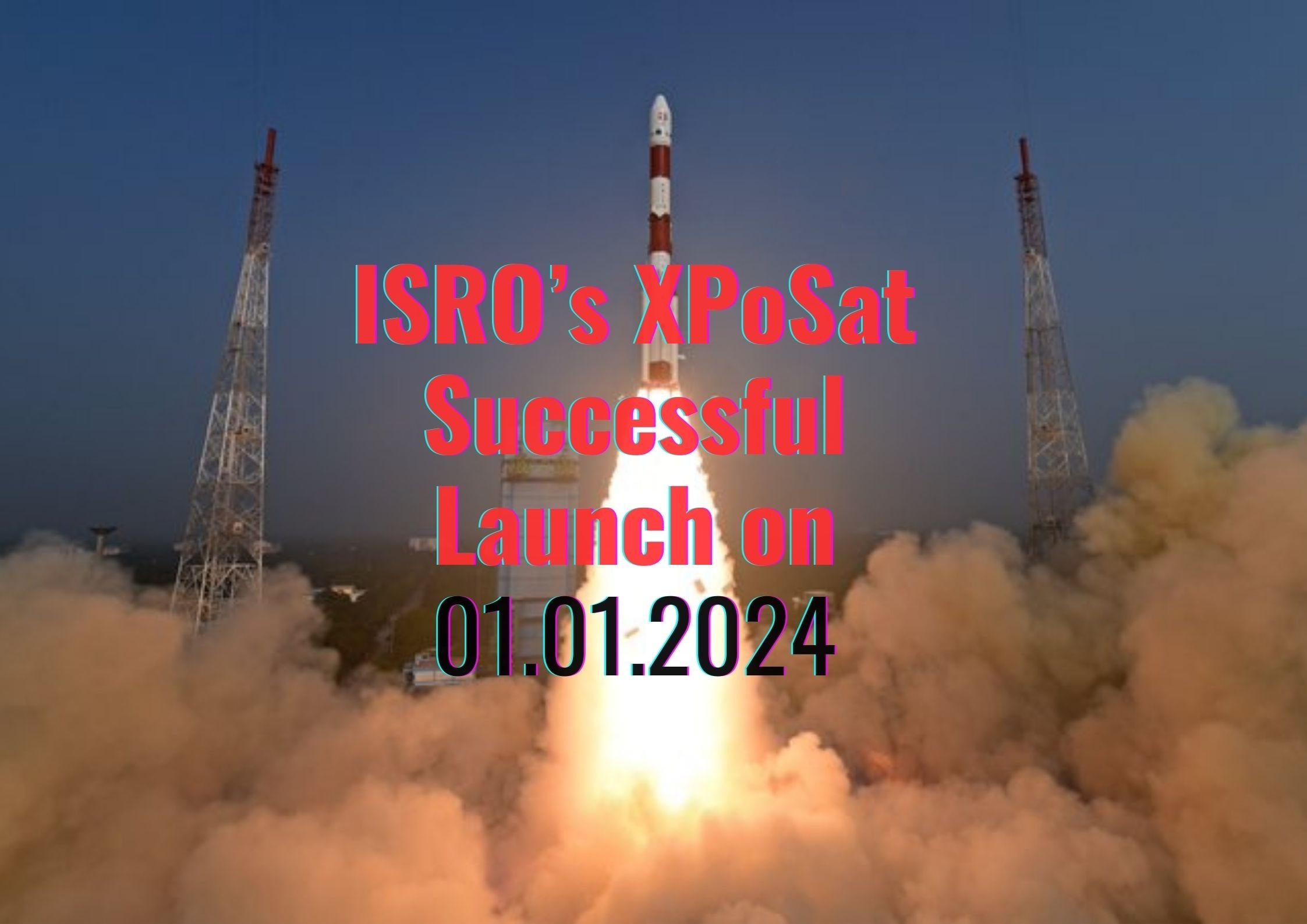XPoSat Launch marks a pioneering chapter as ISRO’s space observatory embarks on a mission to decode X-ray polarization and unravel the mysteries of the cosmos on the 1st of January, 2024.
In a significant stride towards unravelling the mysteries of the cosmos, the Indian Space Research Organisation (ISRO) marked the dawn of 2024 with the launch of the X-ray Polarimeter Satellite (XPoSat). Carried aloft by a PSLV rocket on January 1, this space observatory is set to embark on a mission to study the polarization of cosmic X-rays, bringing forth a wealth of insights into the celestial realm.
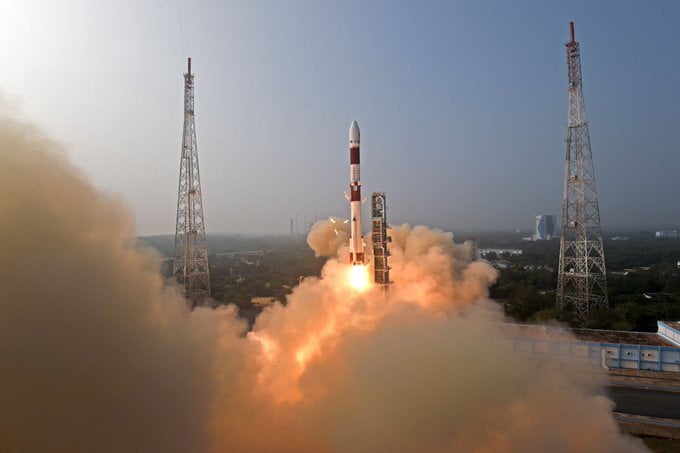
Embarking on a Scientific Odyssey
Crafted through the collaborative efforts of the Raman Research Institute (RRI) and the U R Rao Satellite Centre (URSC), XPoSat is positioned to complement the endeavors of the United States’ NASA, particularly its Imaging X-ray Polarimetry Explorer (IXPE) launched in 2021. The crux of XPoSat’s mission lies in scrutinizing how radiation is polarized, divulging crucial details about the nature of its source, magnetic field strength and distribution, and the context of surrounding radiation.
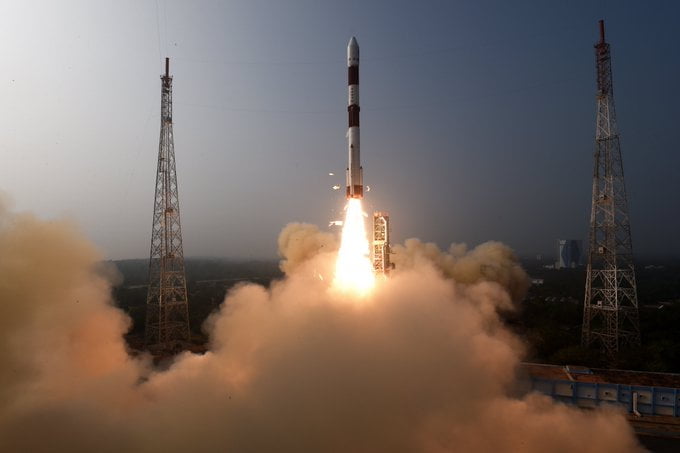
A Gaze Upon the Universe's Brightest
XPoSat is poised to cast its gaze upon the 50 brightest known sources in the universe, encompassing an array of celestial phenomena like pulsars, black hole X-ray binaries, active galactic nuclei, neutron stars, and non-thermal supernova remnants. Placed in a circular low Earth orbit ranging from 500 to 700 kilometers, its payloads will diligently observe X-ray sources during Earth’s eclipse periods, contributing to a comprehensive understanding of these cosmic entities.
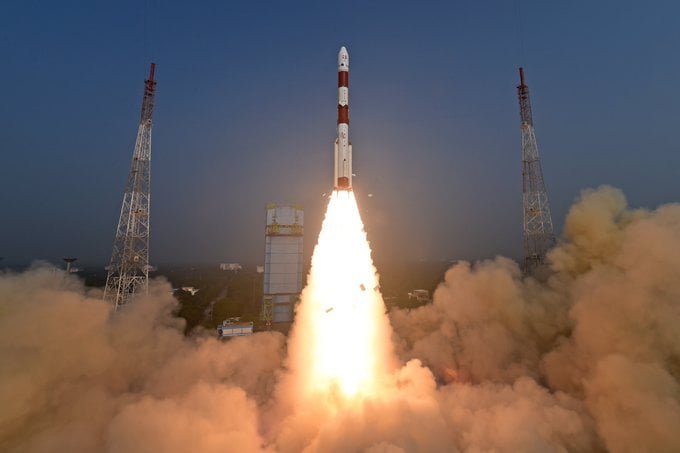
Inception and Launch Precision
Initiated in September 2017 with a grant of ₹9,50,00,000 from ISRO, the XPoSat project witnessed key milestones, including the completion of the Preliminary Design Review (PDR) in September 2018. The spacecraft embarked on its journey aboard PSLV-C58 on January 1, 2024, at 9:10 am IST. Notably, the launch demonstrated remarkable precision, deviating only within a narrow margin of (±) 3 kilometers.
Digital Innovations and Orbital Maneuvers
Distinct from its counterparts, XPoSat leveraged near-equatorial conditions at India’s Spaceport Satish Dhawan Space Centre, allowing it to orbit at a higher orbit without encountering challenges faced by other missions. Despite being slightly heavier than IXPE, which opted for a Falcon 9 launch, XPoSat’s strategic launch on a PSLV-DL showcased the versatility of ISRO’s launch vehicles.
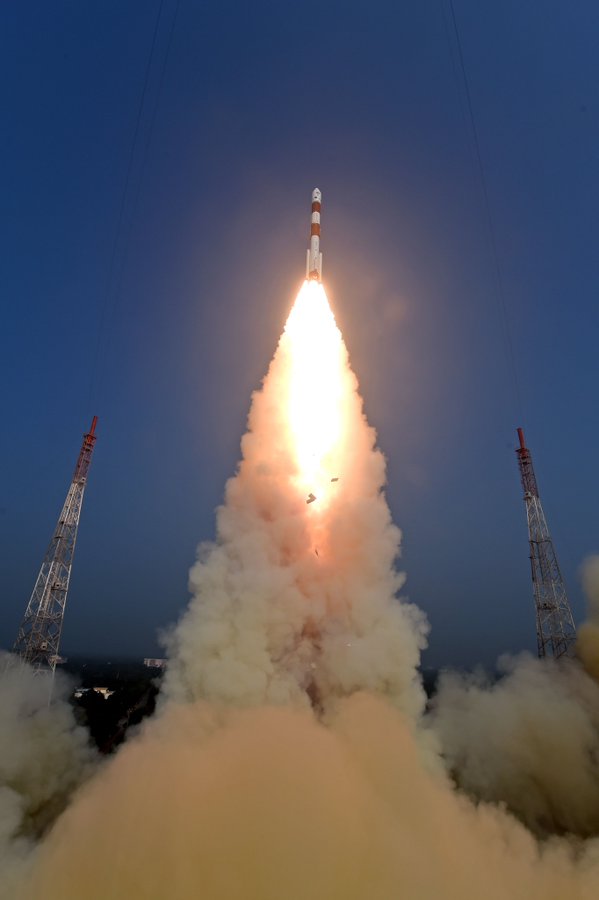
Scientific Payloads: POLIX and XSPECT
At the heart of XPoSat’s scientific exploration is the Polarimeter Instrument in X-rays (POLIX), a Thomson X-ray polarimeter developed by the Raman Research Institute. POLIX, weighing 125 kg, aims to measure the strength and distribution of magnetic fields in celestial sources, geometric anisotropies, their alignment with the line of sight, and the nature of accelerators involved in radiation and scattering.
Accompanying POLIX is XSPECT, XPoSat’s secondary payload designed for spectroscopic information and timing of soft X-rays. Facilitating timing studies in the 0.8-15 keV range, XSPECT contributes valuable insights into the long-term behavior of X-ray sources through correlatio
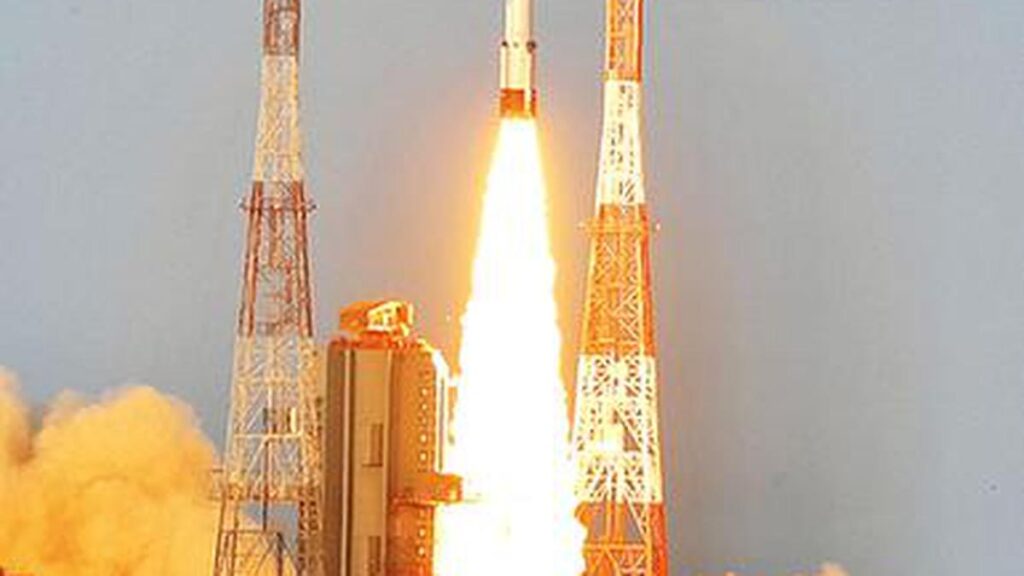
Looking Ahead: Bridging Scientific Frontiers
As XPoSat embarks on its cosmic journey, it not only extends ISRO’s scientific prowess but also bridges the detection capability gap in the medium X-ray range. Positioned between soft X-ray polarimeters and hard X-ray polarimeters, XPoSat is poised to unravel the enigmatic narratives woven by the universe’s brightest sources.
ISRO’s XPoSat Launches on 1st of January, 2024
With XPoSat, ISRO sets the stage for a five-year scientific odyssey, unraveling the intricacies of celestial phenomena through precise and innovative technological means. As it scrutinizes the universe’s most luminous sources, XPoSat promises to contribute significantly to humanity’s expanding understanding of the cosmos. For more information about ISRO’s 2024 plan visit ISRO Mission for 2024 news article.
Sources:
For more latest trendy news like this visit our Latest News page. Please visit our Contact Us page in the footer menu to contact us. You can check out our Best Deals page for various needy offers and deals of the day. To know more about us visit the About Us page in the footer menu. You can also read our Disclaimer, Affiliation Disclosure and FAQs page in the footer menu. You can also find the Webstory Page in the footer menu to see our latest published web stories.

